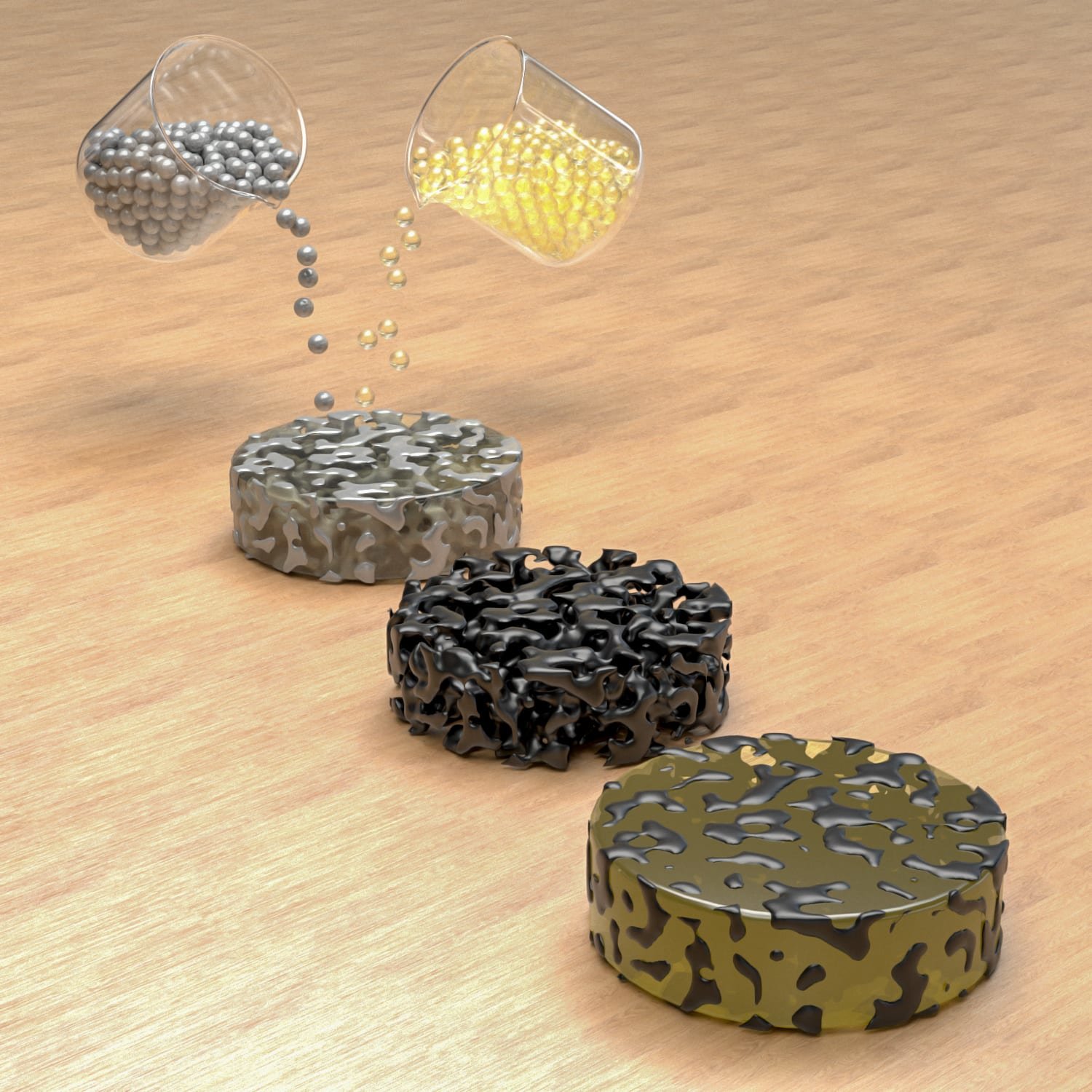Efficient 'Heat Highways' Offer Effective Cooling Solution for Electronics

As smart electronic devices become smaller and more powerful, they can generate a lot of heat, leading to slower processing times and sudden shutdowns. Now, as reported in ACS Applied Nano Materials, researchers have used an electrospinning approach to produce a new nanocomposite film. In tests, the film dissipated heat four times more efficiently than similar materials, showing that it could one day be used to keep electronics cool.
Smaller and smarter electronics have revolutionized many aspects of life, from communication to medicine. But shrinking sizes mean that these devices concentrate heat in smaller areas, which can cause lagging computing speeds and even force devices to completely shut down unexpectedly to prevent damage.
To dissipate this heat, researchers are turning to nanocomposite materials that contain a flexible polymer and thermally conductive filler. A simple way to make nanocomposites is by electrospinning, in which a solution of polymer and filler is jetted out of a syringe through an electrically charged nozzle, forming fibers that build up into a thin film. While simple, electrospinning from a single solution, or uniaxial electrospinning, makes it difficult to control the material's properties. So, Jinhong Yu, Sharorong Lu and colleagues used a two-solution technique, called coaxial electrospinning, to better control the fiber design and improve heat dissipation of a new nanocomposite.
The researchers made one solution with their selected polymer, polyvinyl alcohol, and a separate solution with the thermally conductive filler, a nanodiamond material, to produce the new nanocomposite. By fitting a syringe of each solution onto a nozzle that combined the two, the researchers made fibers with a polyvinyl alcohol core and nanodiamond coating, rather than a random distribution of the two components.
The team says the coated fibers act as a "highway" to direct heat, like traffic, along and across the fibers throughout the film. In tests, the new materials dissipated heat better than those made with the traditional nozzle and were four times as thermally conductive as previously reported nanocomposites. According to the researchers, these films could one day be used to keep tiny electronics working hard while staying cool.





